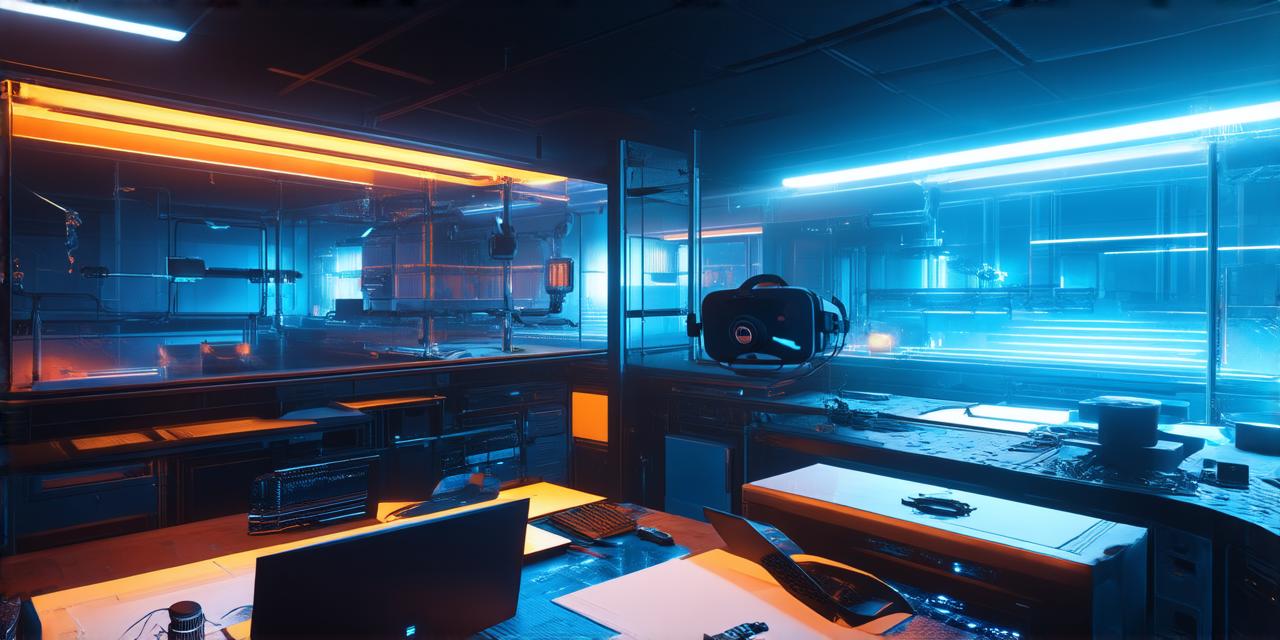Introduction
Virtual reality technology has come a long way since its inception in the 1960s. Today, it is possible to create highly immersive experiences that transport users into virtual worlds. Linux is one of the most popular operating systems used in VR development due to its open-source nature, flexibility, and stability. In this guide, we will explore the various aspects of Linux VR development and how it can be used to create compelling immersive experiences.
Linux VR Development: A Brief Overview
Virtual reality technology is based on computer-generated simulations that are presented in a way that creates the illusion of being in a physical space. To create these simulations, developers need powerful computers with specialized hardware and software. Linux is an ideal platform for VR development due to its ability to run on a wide range of hardware configurations and its flexibility when it comes to software customization.
There are several key components involved in Linux VR development:
1. Hardware: The first step in creating an immersive experience is selecting the right hardware. This includes the display, input devices, and tracking systems used to track user movement. There are several options available for each of these components, including headsets, displays, controllers, and sensors.
2. Software: Once the hardware is selected, developers need to choose the right software stack for their VR application. This includes the operating system, middleware, and game engine used to create the immersive experience. Linux provides a wide range of options for each of these components, including popular game engines like Unity and Unreal Engine.
3. Development tools: To develop VR applications on Linux, developers need a range of tools and libraries that are optimized for VR development. These include development frameworks, debugging tools, and performance optimization tools. There are several open-source tools available for Linux VR development, including the OpenVR SDK and the Oculus SDK.
Linux VR Development: A Case Study
One example of a successful Linux VR application is the popular game “Beat Saber.” Beat Saber is a rhythm game that uses virtual reality technology to immerse users in a virtual world where they must use light sabers to slash through incoming blocks. The game was developed using Unity, one of the most popular game engines for Linux VR development.
To create Beat Saber on Linux, the developers used several key components:
1. Hardware: The game was designed to run on a range of hardware configurations, including high-end gaming PCs and VR headsets like the Oculus Rift and HTC Vive.
2. Software: The game was developed using Unity, one of the most popular game engines for Linux
